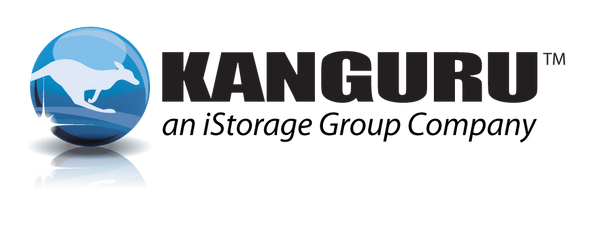In this age of technology, computer jargon and tech speak can confuse even the most tech savvy among us. A perfect example of this are the terms "image" and "clone" which have become practically synonymous. The misuse of "imaging" to refer to "cloning" and vice versa is so commonplace that it has given way to the idea that they are the same thing, which is not the case. Although both relate to the duplication of data, they each have distinct differences.
Disk Imaging
Disk imaging is a process in which the contents of the source drive are copied sector by sector and the data is then compressed into an "image" file. In this sense, we can think of imaging as a means to an end; a tool for creating the clone rather than the clone itself. Through the use of imaging software, the contents of an image file can be extracted to a new destination disk which, once restored, then becomes the clone.
Disk imaging is a useful backup tool. Some of the benefits offered by imaging include:
- Incremental Backups - Since imaging compresses your data, you can make incremental copies at regular intervals and store multiple backups to one drive. This redundancy can be a life saver when your system's hard drive starts to malfunction. If the image file from the previous week's backup is corrupt or contains the disk errors you can simply keep going back to earlier backup images until you find an untainted copy. Having the flexibility to recover data from multiple incremental backups is a big advantage for imaging.
- Price - Imaging software tends to be a relatively inexpensive method of backing up data.
Disk Cloning
A disk clone is drive that is an exact, uncompressed duplicate of another drive, including data files, applications, and structure. The disk cloning process involves copying everything to a destination drive, sector by sector, byte to byte, exactly as it is on the original source drive.
Disk cloning is often achieved using a hard drive duplicator. A hard drive duplicator is dedicated hardware that offers several other features in addition to cloning. Hard drive duplicators offer additional features such as disk diagnostics, secure wipe/erase, and resizing features. Other benefits of disk cloning include:
- Speed - Hard drive duplicators are significantly faster at copying data, providing speeds up to 9GB per minute
- No need for a computer - A hard drive duplicator doesn't tie up a PC or its' resources since it can act as a stand-alone device.
- Simplicity - Doesn't require extracting the data from the compressed image file.
- Multiple copies - Hard drive duplicators can create multiple clones in a single process and more importantly, they duplicate directly, disk to disk.
- Instant usability - Unlike imaging, cloning produces instantly useable clones since they duplicate directly, disk to disk without needing to restore data from a compressed image file.
Disk duplicators excel at performing system roll outs or storage upgrades. Users that can benefit from the efficiency of a disk duplicator are: Enterprise corporations, small to mid-sized businesses and government agencies.
In these cases there are often hundreds, even thousands, of workstations that need to be provisioned. Instead of installing an operating system and setting up every workstation manually, a base configuration can be loaded on one workstation and then its hard drive removed and cloned to other hard drives. The cloned drives will contain an identical base configuration as the original and can be installed on other workstations in a relatively short amount of time and will provide the same base configuration as the original.
Another situation where a disk duplicator's ability to generate multiple clones simultaneously is advantageous is when mass producing digital content for distribution. Creating multiple clones with a disk image can be a time consuming process requiring you to generate an image file and then restore the image to each destination drive. If you were creating multiple clones using a disk duplicator, you could connect your source drive and multiple destination drives and then simply run the duplicator.
In conclusion, the differences between imaging vs. cloning that are subtle but significant. Each method has its own benefits and drawbacks that should be considered when deciding which to use for your cloning needs.
Download our OS Migration Whitepaper for more information on hard drive duplication.
